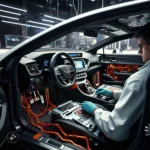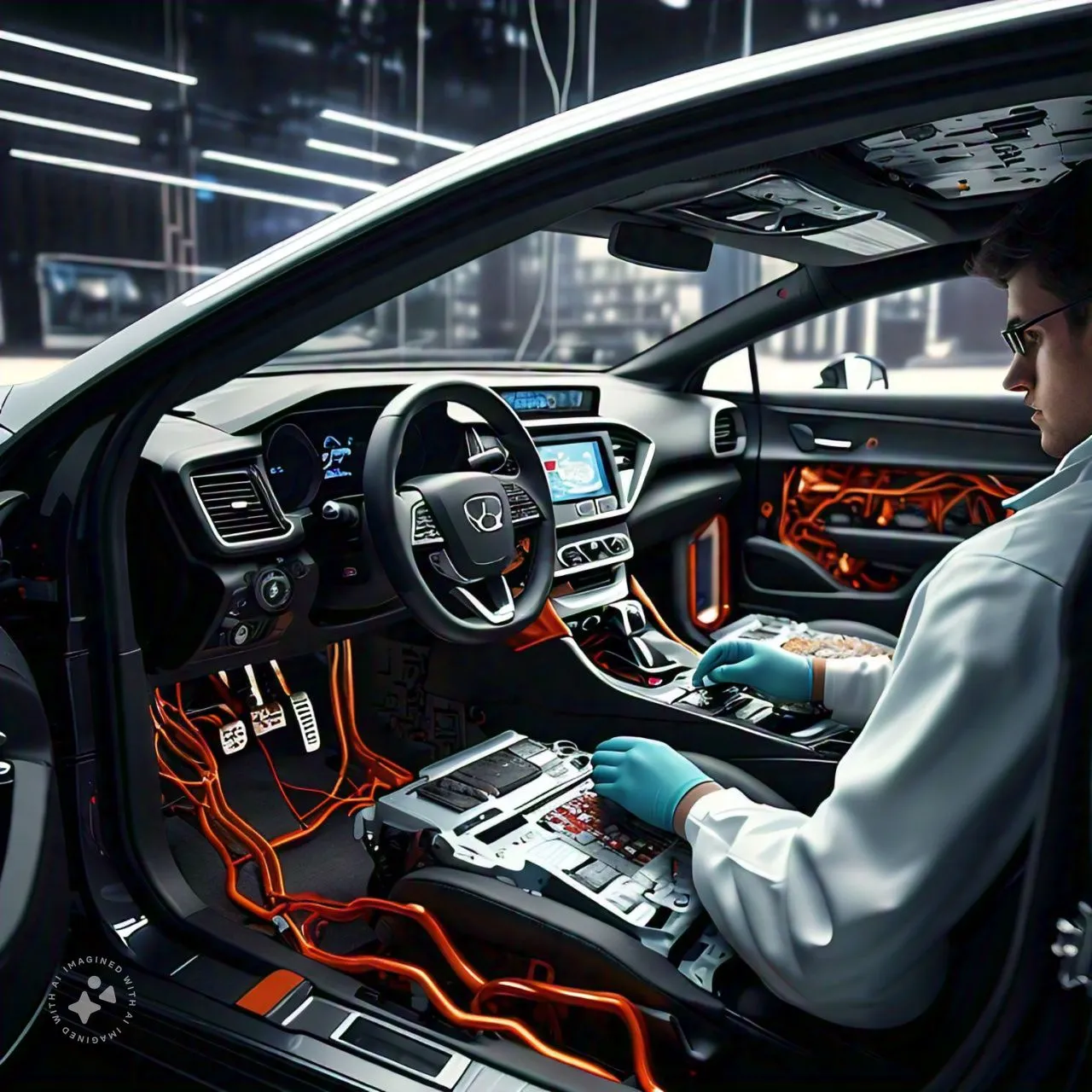In today’s fast-paced world, the restaurant industry is transforming at lightning speed, largely thanks to technology. If you’re in the food business, keeping up with the latest restaurant technologies isn’t just a nice-to-have—it’s crucial for staying competitive. From boosting efficiency to elevating the customer experience, restaurant tech can truly be a game-changer. Let’s dive into seven must-know technologies that every modern restaurant should embrace.
1. Online Ordering Systems
Online ordering has become a staple for restaurants. It’s no longer just about dining in; people want the convenience of ordering their favorite dishes from home. With an easy-to-use online ordering system, customers can browse menus, customize their meals, and pay seamlessly. This technology not only increases sales but also enhances customer satisfaction.
Why It’s Essential: It meets customer demand for convenience and opens up an additional revenue stream for your restaurant.
2. Contactless Payments
In a post-pandemic world, contactless payments have skyrocketed in popularity. With tap-to-pay options like Apple Pay, Google Wallet, and credit card chips, customers can pay quickly and safely without touching any devices or cash.
Why It’s Essential: Contactless payment speeds up transactions, enhances hygiene, and gives customers peace of mind.
3. Restaurant Management Software
Managing a restaurant can be chaotic, but with restaurant management software, you can streamline almost every aspect of your operations. These systems handle tasks such as scheduling, inventory tracking, payroll, and employee management, all in one place.
Why It’s Essential: This technology reduces errors, saves time, and makes managing staff and inventory much more efficient.
4. Digital Menu Boards
Gone are the days of printed menus that need to be reprinted whenever you change an item or a price. Digital menu boards are dynamic, allowing restaurants to update menu items, prices, and promotions instantly.
Why It’s Essential: Digital menus are visually appealing, easy to update, and can influence impulse purchases with attractive visuals and promotions.
5. Kitchen Display Systems (KDS)
A Kitchen Display System replaces paper tickets and streamlines orders straight from the POS (Point of Sale) system to the kitchen. This digital display helps cooks and chefs manage orders more efficiently, reducing errors and improving order accuracy.
Why It’s Essential: A KDS minimizes mistakes, improves communication between staff, and speeds up food preparation times.
6. Self-Service Kiosks
More restaurants are adopting self-service kiosks, especially in fast-casual and quick-service establishments. These kiosks allow customers to place their orders themselves, reducing wait times and freeing up staff to focus on other tasks.
Why It’s Essential: Self-service kiosks improve customer experience by reducing lines and speeding up the ordering process.
7. Customer Relationship Management (CRM) Systems
A CRM system can track your customers’ preferences, habits, and feedback, giving you valuable insights into what works and what doesn’t. This helps create personalized offers, loyalty programs, and even birthday deals that can drive repeat business.
Why It’s Essential: A good CRM helps you understand your customers better and deliver a more personalized dining experience, fostering loyalty.
8. Table-Side Ordering Devices
Some restaurants are equipping servers with handheld devices for taking orders directly at the table. This eliminates the need for servers to run back and forth to input orders into a central terminal, speeding up service and reducing order errors.
Why It’s Essential: Table-side ordering improves efficiency, reduces errors, and enhances the customer experience.
9. Automated Inventory Management
Keeping track of inventory manually can be a nightmare, especially for larger restaurants. Automated inventory systems use real-time data to track stock levels, generate purchase orders, and even predict future needs based on historical data.
Why It’s Essential: Automation reduces food waste, optimizes stock levels, and ensures that you never run out of key ingredients.
10. Reservation Management Tools
Gone are the days of messy reservation books and double-booking tables. Digital reservation systems allow customers to book their tables online and provide restaurants with an easy way to manage seating arrangements.
Why It’s Essential: These tools minimize confusion, improve table turnover, and enhance customer satisfaction by ensuring a seamless reservation process.
11. AI-Powered Chatbots
Chatbots are becoming increasingly popular for answering common customer queries, taking orders, and even recommending menu items. These AI-powered tools can engage with customers 24/7, freeing up your staff and ensuring that customer inquiries are answered promptly.
Why It’s Essential: Chatbots enhance customer service, reduce staff workload, and can help boost sales through tailored recommendations.
Conclusion
Technology is reshaping the restaurant industry in more ways than we could have imagined just a decade ago. From streamlining operations to improving the customer experience, the right technology can set your restaurant apart from the competition. By embracing these game-changing innovations, you’ll not only keep up with industry trends but also ensure your business runs more efficiently, attracts more customers, and boosts profits.










